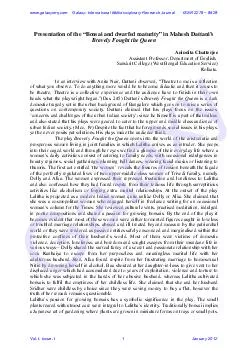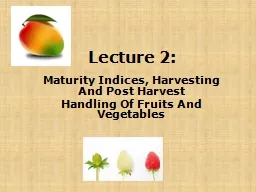PDF-Presentation of the Bonsai and dwarfed maturity in Mahesh Dattanis Bravely Foug
Author : pasty-toler | Published Date : 2015-03-20
In an interview with Anita Nair Dattani observed Theatre to me is a reflection of what you observe To do anything more would be to become didactic and then it ceases
Presentation Embed Code
Download Presentation
Download Presentation The PPT/PDF document "Presentation of the Bonsai and dwarfed m..." is the property of its rightful owner. Permission is granted to download and print the materials on this website for personal, non-commercial use only, and to display it on your personal computer provided you do not modify the materials and that you retain all copyright notices contained in the materials. By downloading content from our website, you accept the terms of this agreement.
Presentation of the Bonsai and dwarfed maturity in Mahesh Dattanis Bravely Foug: Transcript
Download Rules Of Document
"Presentation of the Bonsai and dwarfed maturity in Mahesh Dattanis Bravely Foug"The content belongs to its owner. You may download and print it for personal use, without modification, and keep all copyright notices. By downloading, you agree to these terms.
Related Documents














